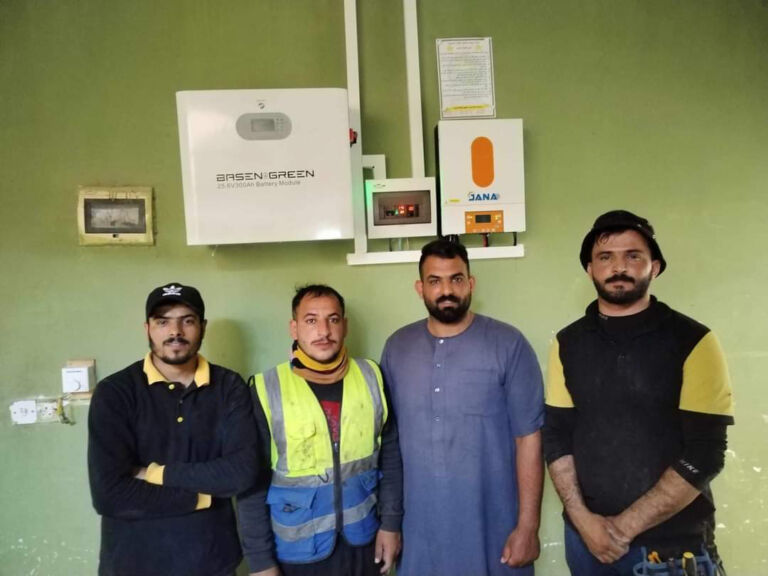Types of Li-Ion Battery Types for Grid Storage

Introduction
Grid storage is becoming increasingly important as renewable energy sources like solar and wind power are being used to generate electricity. Lithium-ion (Li-ion) batteries are a popular choice for grid storage due to their high energy density and long cycle life. There are several different types of Li-ion batteries that can be used for grid storage applications.

Types of Li-Ion Batteries
Lithium Iron Phosphate (LiFePO4)
One type of Li-ion battery that is commonly used for grid storage is lithium iron phosphate (LiFePO4). These batteries are known for their long cycle life, high thermal and chemical stability, and low cost. They are also relatively safe and have a lower risk of thermal runaway compared to other types of Li-ion batteries.Lithium Nickel Manganese Cobalt Oxide (NMC)
Lithium nickel manganese cobalt oxide (NMC) batteries are another popular choice for grid storage. These batteries have a high energy density and are known for their long lifespan. They also offer excellent thermal stability and a high rate of charge/discharge.Lithium Titanate (LTO)
Lithium titanate (LTO) batteries are known for their high power capability and long cycle life. They also have a wide operating temperature range and can be charged and discharged at high rates without degradation. These batteries are a good choice for grid storage applications that require high power output and rapid charging.Lithium Nickel Cobalt Aluminum Oxide (NCA)
Lithium nickel cobalt aluminum oxide (NCA) batteries are similar to NMC batteries but offer higher energy density and better thermal stability. These batteries are suitable for grid storage applications that require a higher energy density and can operate at a wider temperature range.Lithium Manganese Oxide (LMO)
Lithium manganese oxide (LMO) batteries are known for their high thermal stability and safety. They have a long cycle life and are suitable for grid storage applications that prioritize safety and long-term reliability.Conclusion
In conclusion, there are several types of Li-ion batteries that can be used for grid storage applications. Each type has its own unique characteristics and is suitable for different scenarios. When choosing a Li-ion battery for grid storage, it is important to consider factors such as energy density, cycle life, safety, and cost to determine the best option for a specific application.


